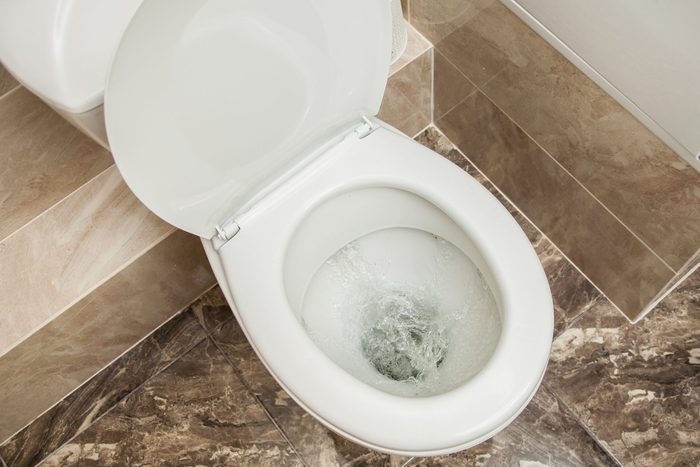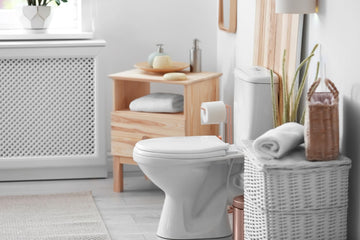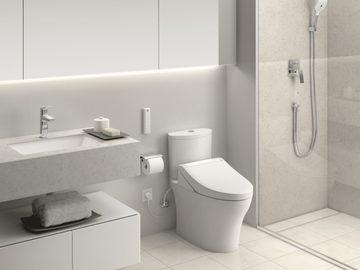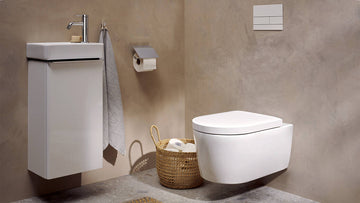As we move into 2025, the demand for water-efficient solutions is more pressing than ever. Households and industries alike are striving to reduce their water consumption, not only to lower utility bills but also to contribute positively to the environment. Among the various methods to achieve this, upgrading to the best water-efficient toilet in 2025 stands out as a pivotal step.
In our quest to find the best water-efficient toilet in 2025, it's crucial to explore what makes these toilets a vital component of sustainable living. With increasing technological advancements, modern toilets are designed to use significantly less water while maintaining effective flushing power. This article explores the innovations and considerations that industry QA must keep in mind when evaluating water-efficient toilets for both residential and commercial applications.

Understanding Water-Efficient Toilets
Water-efficient toilets are engineered to use less water per flush compared to traditional models. The Environmental Protection Agency (EPA) states that toilets account for nearly 30% of an average home's indoor water consumption. Therefore, switching to a water-efficient model can lead to substantial water savings. These toilets typically use 1.28 gallons per flush (gpf) or less, compared to older models that use 3.5 gpf or more. For more insights on how these toilets work, you can visit this article.
Technological Innovations for 2025
The year 2025 promises exciting innovations in toilet technology. Manufacturers are focusing on dual-flush systems, vacuum-assisted flushing, and pressure-assisted mechanisms to enhance water efficiency. Dual-flush toilets offer two flush options: a half flush for liquid waste and a full flush for solid waste. This feature not only saves water but also provides users with greater control over their water usage. Learn more about dual-flush technology at this link.
Key Features of the Best Water-Efficient Toilets
When considering the best water-efficient toilet in 2025, industry QA professionals should look for several key features. First and foremost, the toilet should have a WaterSense label, indicating it meets EPA standards for water efficiency and performance. Additionally, the design should include a powerful yet efficient flushing system that can handle waste effectively without requiring multiple flushes.
Another important feature is the bowl's design. A well-designed bowl ensures efficient waste removal and minimizes the need for additional flushing. Recent advancements have also introduced self-cleaning technologies and antimicrobial surfaces to reduce maintenance and improve hygiene.
Environmental and Economic Benefits
Switching to a water-efficient toilet can result in significant environmental and economic benefits. By reducing water usage, these toilets help conserve a precious resource and lower water bills for households and businesses. According to the EPA, if every American home replaced their older toilets with WaterSense-labeled models, the country could save more than 520 billion gallons of water and $11.3 billion in water and energy costs annually.
Moreover, reduced water usage decreases the strain on local water supplies and wastewater treatment facilities, contributing to more sustainable urban water management. For those interested in how upgrading your toilet can save water and money, click here.
Challenges in Implementing Water-Efficient Toilets
Despite their benefits, there are challenges to adopting water-efficient toilets. One common concern is the perception that these toilets may not flush as effectively as traditional models. However, advancements in toilet technology have largely addressed these concerns, with many models now outperforming older toilets in terms of flushing power.
Another challenge is the initial cost of purchasing and installing a new toilet. While water-efficient models may have a higher upfront cost, the long-term savings on water bills often offset this expense. For tips on choosing eco-friendly fixtures, check out this guide.
Tips for Selecting the Right Model
When selecting the best water-efficient toilet in 2025, it's important to consider the specific needs of your household or business. Evaluate the available space, plumbing requirements, and user preferences. Additionally, consult with professionals to ensure proper installation and optimal performance.
For those interested in a more hands-on approach, converting existing toilets into water-saving models is also an option. This can be a cost-effective solution to increase water efficiency. For more information, visit this resource.
Conclusion
The transition to water-efficient toilets in 2025 is not merely a trend but a necessity for sustainable living. As technology continues to improve, these toilets offer a viable solution for reducing water consumption and lowering utility bills. By understanding the benefits and challenges associated with these models, industry QA can make informed decisions that align with both environmental goals and economic objectives.

FAQs
What is the average water usage of a water-efficient toilet?
Most water-efficient toilets use 1.28 gallons per flush or less, compared to older models that use 3.5 gallons or more.
Are water-efficient toilets more expensive?
While they may have a higher initial cost, the savings on water bills usually offset this expense over time.
Do water-efficient toilets require special maintenance?
They generally do not require more maintenance than traditional toilets, especially those with self-cleaning features and antimicrobial surfaces.






